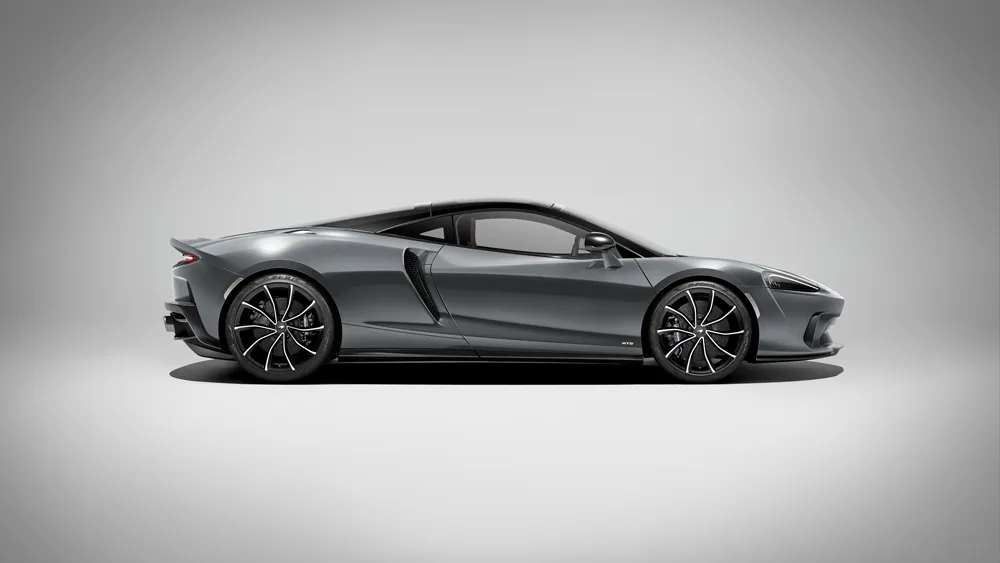In a nuanced evolution of the soon-to-be-phased-out GT, McLaren introduces the GTS, positioning it as the brand’s nearest rendition to an everyday vehicle.
This year holds special significance for McLaren, marking its 60th milestone in motorsport—an achievement seamlessly extending into McLaren Automotive and its array of roadworthy supercars. In the wake of April’s debut of the 750S, the successor to the acclaimed 720S, McLaren unveils the GTS, a refined iteration of its 2019 GT model.
The GT envisioned as McLaren’s approach to a daily driver while retaining the distinctive style and performance synonymous with the Bruce McLaren legacy, faced mixed reviews. However, the prevailing sentiment hinted at untapped potential, setting the stage for the GTS.
McLaren Automotive CEO Michael Leiters underscores the GTS’s unique blend of driving dynamics, performance, refinement, and practicality. He notes its capacity to deliver a genuine supercar experience while also serving as an ideal companion for leisurely extended journeys with weekend luggage.
Examining the GTS reveals a rear-wheel-drive marvel, boasting a roof panel crafted from recycled carbon fiber. Primarily cosmetic updates grace this model, with no major overhauls apparent. The core remains rooted in the carbon-fiber Monocell II-T monocoque chassis shared with the GT and McLaren’s Ultimate series flagship, the Speedtail. Cargo space, albeit relatively modest at 20.1 cubic feet, maintains continuity across the lineup. A subtle boost in power emerges from the 4.0-liter twin-turbo V-8, contributing an additional 14 horsepower for a total of 626 hp, coupled with an unaltered 465 ft lbs of torque.
Weighing in at 3,351 pounds, the GTS trims 22 pounds compared to its predecessor. With a seven-speed seamless-shift gearbox (SSG) as part of its powertrain, the GTS achieves a zero-to-60 mph sprint in 3.1 seconds and a top speed of 203 mph—unchanged from its forerunner.
Noteworthy acceleration improvements surface when clocking from zero to 124 mph, accomplished in 8.9 seconds, outpacing the GT’s 9.0 seconds. Equipped with Comfort, Sport, and Track drive modes, the GTS stands out. The brake system, featuring 380 mm and 390 mm carbon-ceramic discs at the front and rear, respectively, ensures swift deceleration from 124 mph to zero in 417 feet.
A significant enhancement lies in the vehicle’s nose-lift feature, offering 5.1 inches of ground clearance similar to the GT but operating in half the time.
Front bumper sees a redesign, expanded intakes grace the front, and “taller air scoops” adorn the back fender. New paint options, including Mantis Green, Ice White, Tanzanite Blue, and the exclusive Lava Grey, accompany standard 10-twin-spoke forged alloy wheels (with an option for lighter 10-spoke Turbine design) dressed in custom Pirelli P Zero tires.
The interior boasts a 10.25-inch digital dash complemented by a 7-inch central touchscreen. Optional packages include Performance and TechLux trims, catering to a “sporty, sharp, and technical” or “classical elegance” aesthetic. A 12-speaker Bowers & Wilkins sound system adds an acoustic dimension to the cockpit.
As the GTS prepares for deliveries in 2024, the intrigue lies in how it will measure up against its sibling, the Artura.





